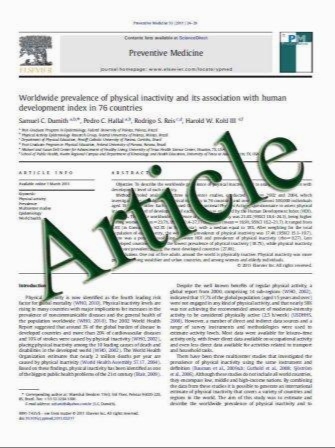Diagnostic performance of diffusion-weighted magnetic resonance imaging in bladder cancer: potential utility of apparent diffusion coefficient values as a biomarker to predict clinical aggressiveness
- نوع فایل : کتاب
- زبان : انگلیسی
- مؤلف : Shuichiro Kobayashi & Fumitaka Koga & Soichiro Yoshida & Hitoshi Masuda & Chikako Ishii & Hiroshi Tanaka & Yoshinobu Komai & Minato Yokoyama & Kazut
- چاپ و سال / کشور: 2011
Description
Objectives The diagnostic performance of diffusion-weighted magnetic resonance imaging (DW-MRI) in bladder cancer and the potential role of apparent diffusion coefficient (ADC) values in predicting pathological bladder cancer phenotypes associated with clinical aggressiveness were investigated. Methods One hundred and four bladder cancer patients underwent DW-MRI and T2-weighted magnetic resonance imaging (T2W-MRI) before transurethral resection. The image sets were reviewed by two independent radiologists. ADC values were measured in 121 eligible tumours. Results In detecting patients with bladder cancer, DW-MRI exhibited high sensitivity equivalent to that of T2W-MRI (>90%). Interobserver agreement was excellent for DWMRI (ê score, 0.88) though moderate for T2W-MRI (0.67). ADC values were significantly lower in high-grade (vs. low-grade, P<0.0001) and high-stage (T2 vs. T1 vs. Ta, P< 0.0001) tumours. At a cut-off ADC value determined by partition analysis, clinically aggressive phenotypes including muscle-invasive bladder cancer (MIBC) and high-grade T1 disease were differentiated from less aggressive phenotypes with a sensitivity of 88%, a specificity of 85% and an accuracy of 87%. Conclusion DW-MRI exhibits high diagnostic performance in bladder cancer with excellent objectivity. The ADC value could potentially serve as a biomarker to predict clinical aggressiveness in bladder cancer.
Eur Radiol DOI 10.1007/s00330-011-2174-7 Received: 25 February 2011 / Revised: 28 April 2011 / Accepted: 21 May 2011


